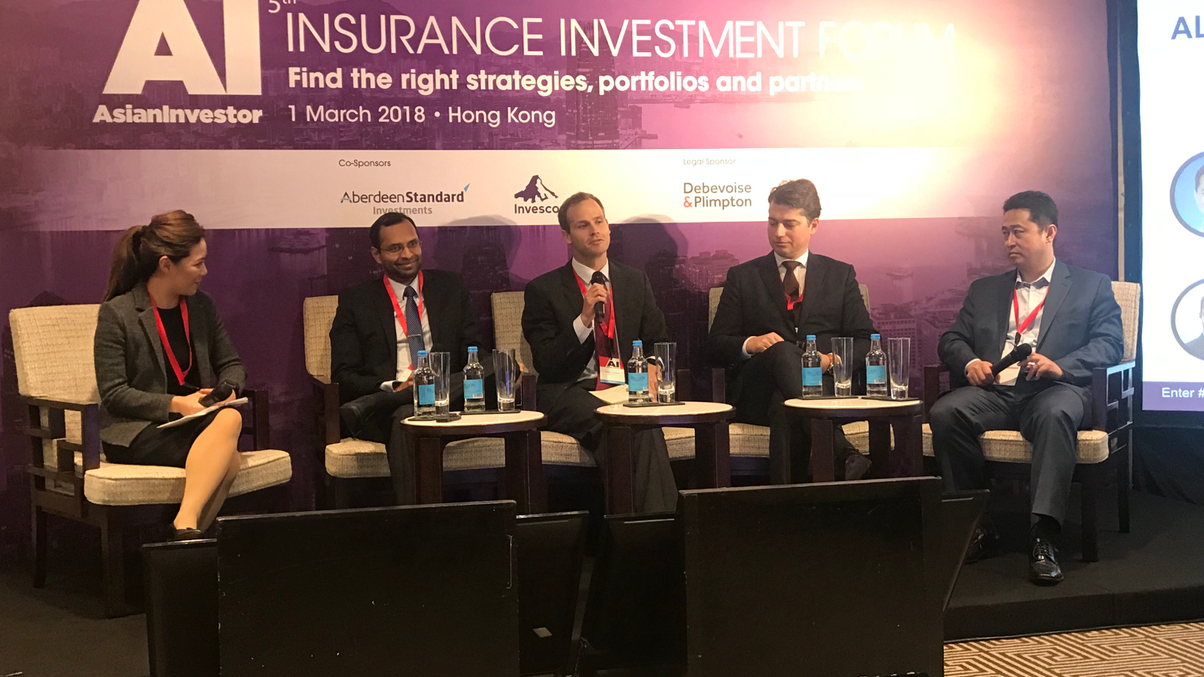Insurers face internal comms challenge to improve ALM
Insurance executives say they need to raise communications between product and investment divisions and need deeper bond markets to manage their financial risks.

International insurers operating in Asia need to better improve the communication between their investment and product development teams in order to reduce balance sheet, cash flow and duration risks, senior insurance executives told the audience at AsianInvestor’s 5th Insurance Investment Forum in Hong Kong.
Sign In to Your Account
Access Exclusive AsianInvestor Content!
Please sign in to your subscription to unlock full access to our premium AI resources.
Free Registration & 7-Day Trial
Register now to enjoy a 7-day free trial—no registration fees required. Click the link to get started.
Note: This free trial is a one-time offer.
¬ Haymarket Media Limited. All rights reserved.


